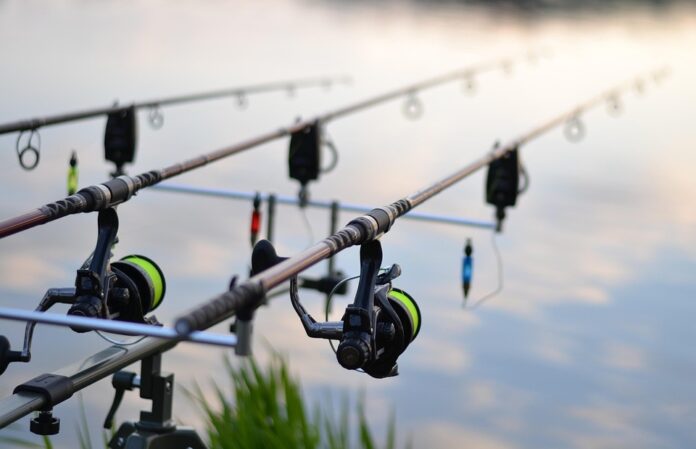Carp Production Trade and Consumption: A 360° Industry Report
The global carp production trade and consumption industry is a dynamic sector with significant economic and cultural importance. Carp, a freshwater fish species, is widely consumed around the world and plays a crucial role in the aquaculture industry. In this report, we will delve into the various aspects of carp production, trade, and consumption, providing insights into key trends, challenges, and opportunities in the industry.
Global Carp Production
Carp production is a major component of the global aquaculture industry, with countries such as China, India, and Indonesia leading in production volumes. According to the Food and Agriculture Organization (FAO), global carp production reached over 4 million metric tons in 2020, with China alone accounting for more than half of the total production.
The growth of carp production can be attributed to several factors, including increasing demand for seafood, technological advancements in aquaculture practices, and government support for the development of the industry. Carp farming is a sustainable and cost-effective way to meet the growing demand for fish protein while reducing pressure on wild fish stocks.
Trade Dynamics
The global carp trade is driven by a combination of domestic consumption and international export markets. China is a major exporter of carp, supplying countries in Asia, Europe, and North America with fresh and processed carp products. In recent years, there has been a growing trend towards value-added carp products, such as smoked carp fillets and carp caviar, which command premium prices in the global market.
On the import side, countries like the United States, Germany, and Japan are significant buyers of carp products, importing both live and processed carp for domestic consumption. The increasing popularity of carp as a healthy and sustainable protein source has led to a surge in demand for carp products in both developing and developed countries.
Consumption Patterns
Carp is a versatile fish species that is consumed in various forms, including fresh, smoked, dried, and canned. In many countries, carp is a traditional food staple, often served during festive occasions and cultural celebrations. The nutritional benefits of carp, including high protein content and omega-3 fatty acids, have contributed to its popularity among health-conscious consumers.
In recent years, there has been a growing interest in sustainable seafood consumption, with consumers increasingly seeking out ethically sourced and environmentally friendly fish products. Carp farming practices that prioritize animal welfare, environmental sustainability, and food safety are likely to attract a premium in the market, appealing to a new generation of conscious consumers.
Challenges and Opportunities
Despite the growth potential of the carp production trade and consumption industry, there are several challenges that stakeholders must address. These include environmental concerns related to water pollution, disease outbreaks in fish farms, and competition from other seafood products. Additionally, fluctuations in global market prices and trade policies can impact the profitability of carp producers and exporters.
However, there are also opportunities for growth and innovation in the carp industry. Advancements in aquaculture technology, such as recirculating aquaculture systems and genetic improvement programs, can help increase productivity and efficiency in carp farming. Market diversification, product differentiation, and branding strategies can also help carp producers tap into new consumer segments and expand their market reach.
In conclusion, the carp production trade and consumption industry is a vibrant and evolving sector with immense potential for growth and development. By addressing key challenges and seizing opportunities for innovation, stakeholders in the industry can drive sustainable growth and contribute to the overall resilience of the aquaculture sector.




